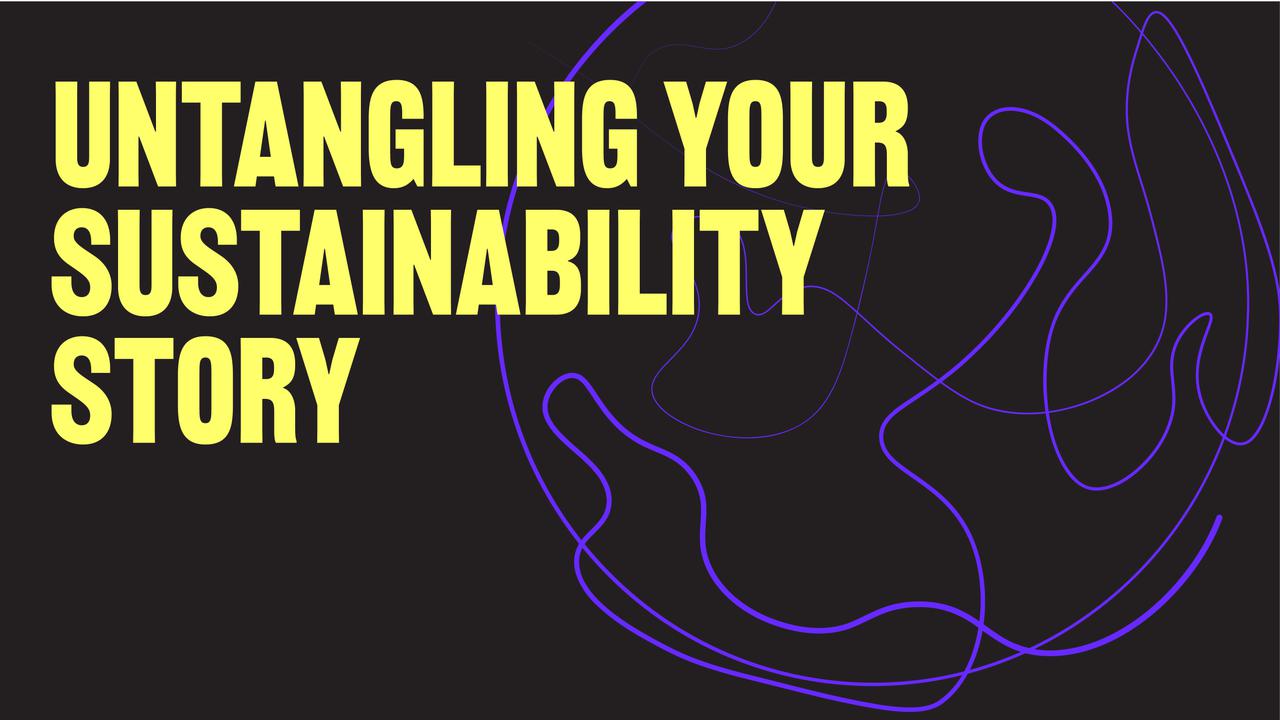The other day I was doing a spring clean, and I tentatively approached a big tangle of cables. I know that the sensible thing to do would be to spend time pulling them apart, keeping the good ones and getting rid of the rest.
But what inevitably happens is that I spend 15 seconds trying to untangle them, get overwhelmed because it’s too difficult, shove them back in the cupboard and shut the door on them until next year.
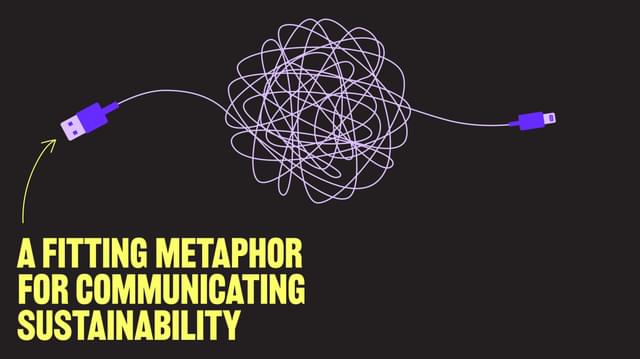
A tangle is a great metaphor for communicating sustainability.
Whether it’s biodiversity loss, inequality in your supply change, plastic waste, diversity in the workforce, or the mother of all tangles: climate change – these problems can often seem so big, so complex, so overwhelming, that it’s hard to know how to start talking about it.
And when we do talk about it we often focus on telling stories about the tangle – to explain the big knotty issue itself – which usually ends up overwhelming and confusing our audience.

So here’s the secret; Don’t talk about the tangle. Talk about the threads.
Sure, you can reference the tangle in relation to the systemic problem you're trying to fix, but don’t make it the star of the show.
Your first job when it comes to communicating sustainability, is to tease apart the tangle.
To pull apart the big, knotty problem to help you see the threads within it.
Because every tangle - every complex systemic problem - is made up of thousands of interwoven threads; smaller problems which are infinitely more tangible.
For example, say you’re an FMCG business that’s made an ambitious commitment to get to net zero carbon by 2030. Which means from a communications perspective, we’re untangling climate change.
There are a number of things you could be talking about. But not all story threads are going to be relevant to your brand and your operations.
First you need to pull out the threads which align with the actions you’re taking as part of your sustainability strategy. Then work out which ones are the most compelling for your audience to hear about.
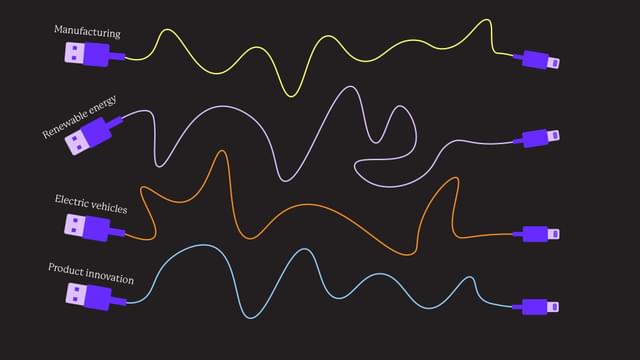
For example, your business might be trying to reduce emissions on a number of fronts:
- Modernising manufacturing facilities to reduce energy consumption
- Building renewable energy capacity, by putting solar on top of retail spaces
- Converting a fleet of diesel vehicles into electric vehicles
- Trying to stop deforestation from land conversation in your supply chain
But not all threads – all stories – are equal from a communications perspective.
So, how do you identify which story threads are the right ones for you to focus on talking about? And which ones you can cast aside?
Here are five principles to help you select the story threads that will have the greatest impact:
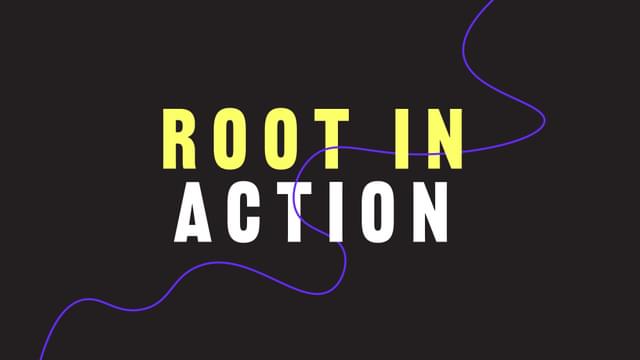
1. Root it in action
Any stories you tell need to be rooted in action. You don't need to be perfect, but you need to demonstrate that you're making meaningful progress. Without taking action, you run the risk of being accused of Greenwash.
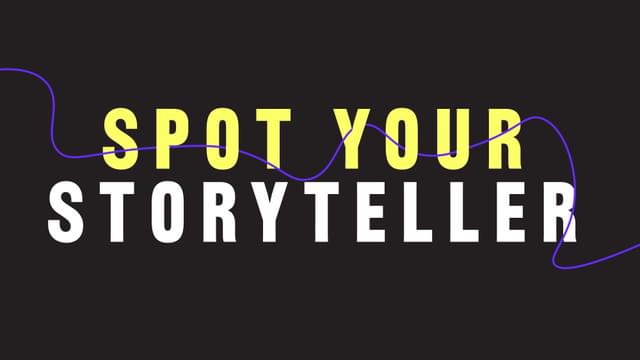
2. Spot your storyteller
People connect with people. A charismatic protagonist will elevate your story: for example, the designers making breakthroughs or the passionate people working with local communities. Don't over rely on CEOs and CSOs to do the talking, remember that charisma and authenticity eat authority for breakfast.

3. Picture it
Humans are visual creatures. Stories that are associated with strong visuals – interesting places, beautiful landscapes, intricate machinery, peculiar processes – will resonate better. A powerful thumbnail image will stop people scrolling on social media.
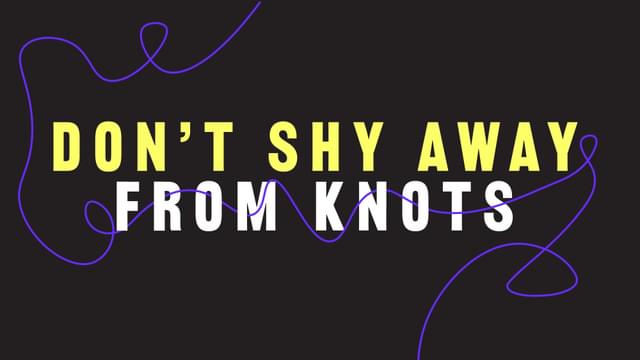
4. Don't shy away from knots
There's a big difference between a tangle and a knot. A knot in a story creates jeopardy and keeps people interested. So don’t shy away from talking about your failures. Explain how you overcame the challenge and share what you learned. It will also demonstrate how committed you are to sustainability
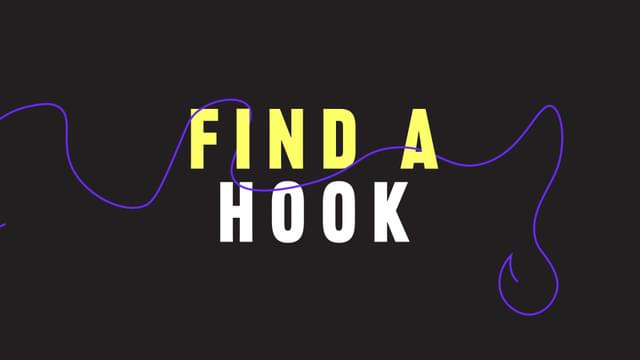
5. Find a hook
What’s different about the story? Is it cutting edge? Does it go against the grain of an industry? Does it involve an unexpected collaboration? A story that’s a little unexpected will go a long way.
So what now?
With all the initiatives you are doing as an organisation, it is likely that you will have a few story threads you can start talking about.
‘Great, job done. Let’s get it out there’ you might think. But not quite.
The real power comes from creating an overarching narrative which ties them all together.
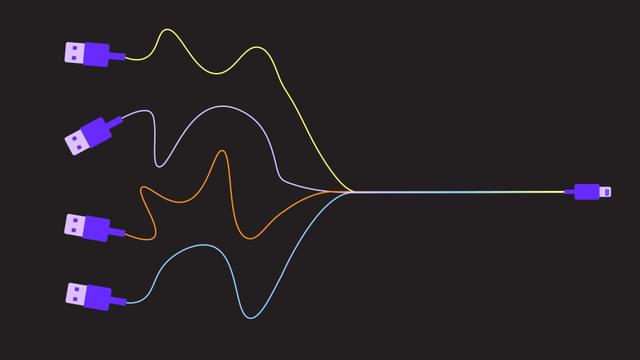
Find the common thread
Once you’ve identified the story threads, and cast aside the ones that aren’t quite right, you’ll start to see a common thread which connects all of these individual threads together.
Perhaps it is the unique way you fix problems, perhaps a design-mindset or your approach to the relationships you build.
Identifying the common thread can help you to articulate the theme, campaign platform, or sustainability proposition for the stories you tell.
And when you put this all together you have a clear, compelling narrative which emotionally connects with your audience and allows you to lead your sustainability communications with confidence.
